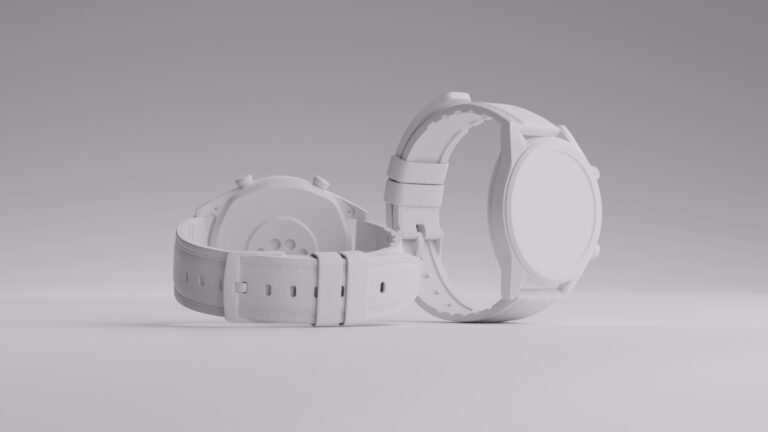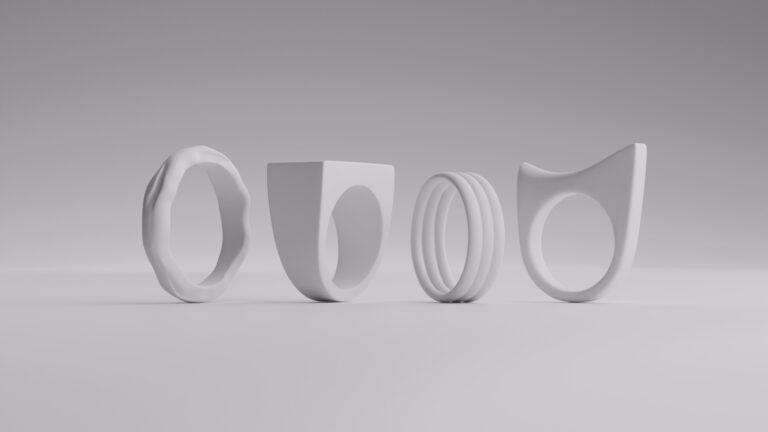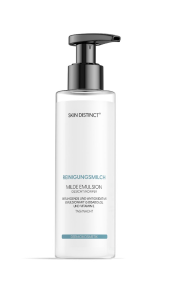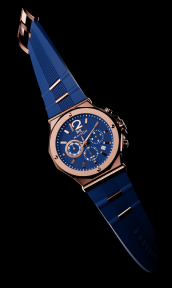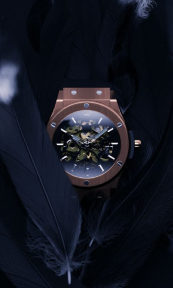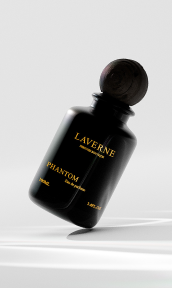In today’s visually driven market, commercial photography plays a pivotal role in shaping a brand’s image and influencing consumer behavior. Properly pricing these services is crucial for photographers to maintain profitability while delivering value to their clients. This guide provides a comprehensive overview of commercial product photography pricing.
Understanding Commercial Photography

Commercial photography involves creating images specifically for commercial use. These images are utilized in various marketing and promotional materials, helping businesses sell products, enhance their brand identity, and communicate with their target audience.
Unlike other forms of photography that may focus on personal or artistic expression, commercial photography is directly tied to business objectives and revenue generation.
Types of Commercial Photography
Product photography aims to showcase products in the best possible light, making them appealing to consumers. This type of photography is essential for e-commerce websites, catalogs, brochures, and advertising campaigns. Techniques used in product photography involve careful lighting, background selection, and sometimes the use of props to highlight the product’s features. It often requires close-up shots and meticulous attention to detail to ensure the product is presented attractively.
Corporate photography captures the essence of a company, its culture, and its people. This includes executive headshots, team photos, office environment shots, and corporate events. Techniques in corporate photography often involve a mix of posed and candid shots, requiring good interpersonal skills to make subjects feel comfortable and natural. Effective lighting and composition are crucial to convey professionalism and approachability, which are key attributes of corporate images.
Architectural and real estate photography highlight the features of buildings and properties, making them attractive to potential buyers or tenants. This includes both exterior and interior shots. Techniques in this type of photography utilize wide-angle lenses to capture the full scope of spaces, careful lighting to enhance natural features, and sometimes drone photography for aerial views. Post-processing to correct distortions and enhance colors is also common to ensure the properties look their best.
Lifestyle and advertising photography creates images that tell a story and evoke emotions, helping to connect the product or service with the consumer’s lifestyle. These images are often used in advertisements, social media campaigns, and editorial content. This type of photography combines elements of portrait, product, and environmental photography. It requires creativity to blend the product seamlessly into a relatable scene or narrative, making the consumer feel a connection to the brand.
Here is the table of commercial product photography pricing:
|
Service
|
Price (Euro) |
|
3D Product Modeling
|
€29/hour |
|
White Background
|
€49/image |
|
Minimalistic Style
|
€99/image |
|
Simple Props
|
€149/image |
|
Custom Style
|
€299/image |
|
Average Hourly Rates
|
€29/hour |
Importance of Commercial Photography
High-quality commercial photographs are crucial in establishing and reinforcing a brand’s identity. Consistent visual representation across all marketing materials can strengthen brand recognition and loyalty.
Effective commercial photography can significantly impact a company’s marketing efforts. Visual content is a powerful tool for capturing attention, conveying messages quickly, and persuading potential customers. Good images enhance the appeal of advertisements, social media posts, and website content, driving higher engagement and conversion rates.
Businesses that invest in professional commercial photography are perceived as more credible and professional. High-quality images reflect a company’s commitment to excellence and attention to detail, fostering trust among clients and customers. Furthermore, commercial photographs can be used across various platforms and formats, from print ads and billboards to websites and social media. This versatility ensures that businesses get maximum value from their investment in professional photography.
In summary, commercial photography is a dynamic and essential field that merges technical expertise, creative vision, and business savvy. By understanding the various types and their specific requirements, photographers can better cater to their client’s needs, ensuring high-quality, impactful images that drive business success.
Factors Influencing Pricing

Pricing for commercial photography services involves various considerations that ensure photographers are compensated fairly while delivering value to their clients. Understanding these factors is crucial for setting competitive and sustainable rates that reflect the quality and scope of the work.
Experience and Expertise:
Photographers’ pricing is influenced by their skill level and portfolio. Experienced photographers with a strong portfolio can charge higher rates, while newer ones may need to offer competitive pricing to attract clients.
Location:
The location significantly affects pricing. Photographers in major cities with higher living costs charge more than those in smaller towns. Urban photographers have higher expenses like studio rent and equipment storage, and market saturation can drive prices up. In less populated areas, photographers face less competition and lower demand, which influences their pricing strategies.
Market Demand:
The demand for commercial photography can vary significantly by industry and region, impacting pricing. High-demand industries like fashion, real estate, and high-end retail often have larger budgets for photography and are willing to pay premium rates for top-quality images. Seasonal demand also affects pricing, allowing photographers to charge higher rates during peak times, such as major holidays.
Type of Project:
The nature of the project is a critical factor that influences pricing. Different types of commercial photography projects require varying levels of effort, expertise, and resources. For example, a product shoot might involve complex setups with specialized lighting and props, necessitating a higher fee. Large-scale projects generally command higher prices due to their complexity and the significant amount of work involved.
Client’s Budget and Expectations:
Understanding the client’s budget and expectations is crucial when setting pricing. Clear communication and offering tiered pricing packages help prevent misunderstandings and accommodate different budgets while still providing quality service.
Scope and Duration of the Project:
The project’s scope and duration significantly impact pricing. Short-term projects with clear scopes are priced differently from long-term engagements requiring ongoing work. For example, a one-day product shoot for an online store will have a different pricing structure than a multi-week campaign involving multiple locations, models, and complex logistics.
Additional Services and Deliverables:
Commercial photography often includes extra services and deliverables like styling, set design, model fees, and post-processing work. Therefore, photographers should clearly outline these costs in their pricing proposals to avoid surprises. Offering comprehensive packages can add value for clients and ensure fair compensation.
Licensing and Usage Rights:
Licensing and usage rights are important in commercial photography pricing. The intended use of the photographs affects the price, so contracts should clearly define the licensing terms.
In summary, several interconnected factors influence the pricing of commercial photography services. By considering experience, location, market demand, project type, client expectations, project scope, additional services, and licensing, photographers can develop a pricing strategy that reflects the true value of their work and meets the needs of their clients.
Cost Components

Pricing commercial photography requires a thorough understanding of various cost components, including pre-shoot, shoot, and post-shoot expenses, as well as additional costs. Here is a concise breakdown of these elements.
Pre-Shoot Costs:
Pre-shoot costs encompass conceptualization, planning, and client meetings, which are essential for aligning the photographer’s vision with the client’s expectations. Location scouting can also incur expenses, such as travel and permits.
Shoot Costs:
During the shoot, major expenses include equipment, studio rental, and hiring assistants or crew members. High-quality cameras, lenses, lighting, and other gear are necessary to produce professional images. Renting a studio provides a controlled environment but can be costly, especially in urban areas.
Post-Shoot Costs:
Significant work is required after the shoot to deliver the final product. Editing involves time and expertise, using software like Adobe Photoshop and Lightroom to enhance images and correct any imperfections. Additionally, delivering the final images involves costs for digital storage, online galleries, and sometimes physical prints.
Additional Costs:
Travel expenses for location shoots can include transportation, accommodation, and meals. Special equipment rental might be needed for specific shoots, and insurance is essential to protect against potential legal claims and equipment damage or theft.
By understanding and accounting for these cost components, photographers can create accurate and sustainable pricing models. Clear communication with clients about all potential expenses ensures transparency and helps build trust, leading to successful projects and satisfied clients.
Pricing Models

Selecting the right pricing model is crucial for commercial photographers as well as their clients. Here’s a concise overview of common pricing models that you can find on the market.
Hourly Rate:
Charging clients based on the time spent on the shoot provides flexibility but requires clear communication about estimates and project scope. This model is particularly suitable for projects with uncertain timelines or varying requirements. However, photographers should ensure that their hourly rate adequately compensates for their expertise and covers overhead costs such as equipment and studio rental.
Day Rate:
A flat day rate simplifies budgeting for longer shoots and offers predictability for both photographers and clients. This model is ideal for projects that require a full day’s commitment, such as corporate events or extensive photo sessions. Photographers should carefully calculate their day rate to ensure it reflects the value of their time and resources while remaining competitive in the market.
Per Image Pricing:
Charging per image delivered is common for projects with a specific number of desired images, ensuring clients pay only for what they need. This model is often used for product photography, headshot sessions, or other projects where the number of final images is predetermined. Photographers should consider factors such as editing time and complexity when setting prices per image to ensure they are adequately compensated for their work.
Package Pricing:
Offering pre-defined packages simplifies client choices and can encourage upselling, providing convenience and clarity. Packages typically include a set of services and deliverables for a fixed price, allowing clients to choose the package that best fits their needs and budget. Photographers should carefully design their packages to offer value to clients while ensuring profitability for their business.
Are you curious to find out more about our pricing models? Take a look at this article!
By understanding these models and factors, photographers can develop pricing strategies that are fair, transparent, and sustainable.
Incorporating CGI in Commercial Photography

As the digital landscape continues to evolve, the integration of computer-generated imagery into commercial photography has become increasingly prevalent. CGI offers photographers unparalleled creative opportunities and efficiency, revolutionizing the way visuals are created and presented in the commercial sphere.
What is CGI? Computer-generated imagery involves creating or enhancing images using computer software. It is increasingly used in commercial photography to create visuals that are difficult or expensive to produce with traditional photography.
Benefits of CGI:
- Cost Savings: CGI reduces the need for expensive sets, props, and locations, making it a cost-effective solution for commercial photography projects.
- Flexibility: CGI allows for creative freedom and precision in creating images, enabling photographers to bring even the most ambitious concepts to life.
- Efficiency: CGI speeds up the production process, especially for complex scenes, by eliminating the constraints of physical setups and extensive post-processing.
CGI is particularly useful for product photography, creating virtual environments, and enhancing real estate images. It’s a cost-effective solution when traditional photography is impractical or too costly, offering unparalleled versatility and efficiency.
For instance, we can help you transform your product into a breathtaking image that can attract more customers and provide you with increased ROI. The process is fairly simple and easy to do. Just send us a photo of your product, and we will take care of the rest. Our team will be together with you, so you will always know what stage your project is. So, let’s meet!
Incorporating CGI into commercial photography opens up a world of creative possibilities and cost-effective solutions. By leveraging the flexibility, realism, and efficiency of CGI, photographers can elevate their work and deliver exceptional results that exceed client expectations.
Wrapping up
Proper pricing in commercial photography is vital for maintaining a sustainable and profitable business. By considering factors such as experience, location, market demand, and project type, photographers can develop fair and competitive pricing strategies. Additionally, incorporating CGI can offer cost-effective and creative solutions, enhancing the value provided to clients.
FAQ
What is commercial photography?
Commercial photography creates images for advertising, branding, and promotional purposes.
What equipment do I need for commercial photography?
Equipment includes a camera, lenses, lighting gear, and accessories like tripods and reflectors.
How much does commercial photography cost?
Costs vary based on factors like project scope, usage rights, and photographer experience.
What is the difference between commercial and editorial photography?
Commercial photography promotes products or services, while editorial photography accompanies written content in publications.
Do I need to hire a professional commercial photographer?
Yes, professionals have the expertise and equipment to produce high-quality, impactful images for your marketing needs.






